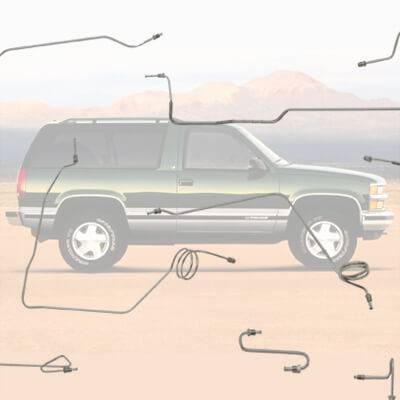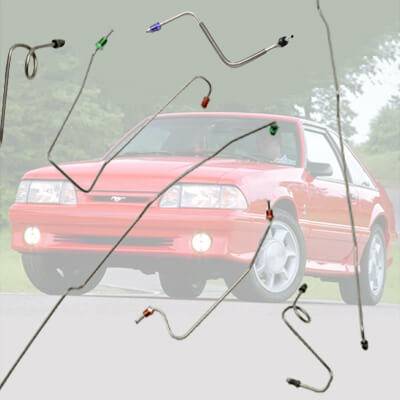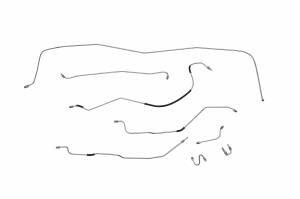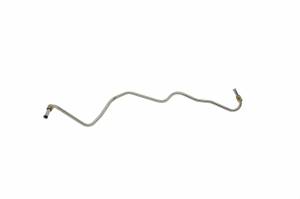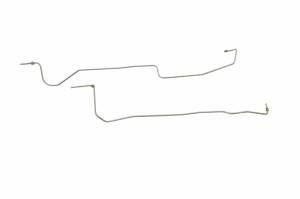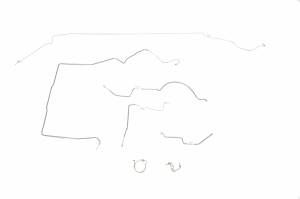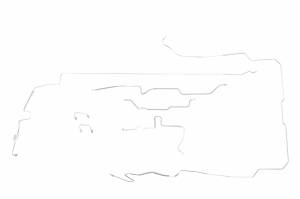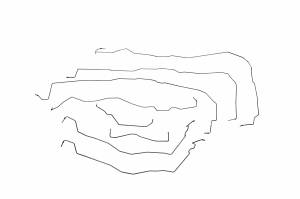





Find Parts For Your Vehicle
Featured Categories View All »
Top Products
Price: $208.99
Price: $31.99
Price: $233.99
Price: $209.99
Price: $440.99
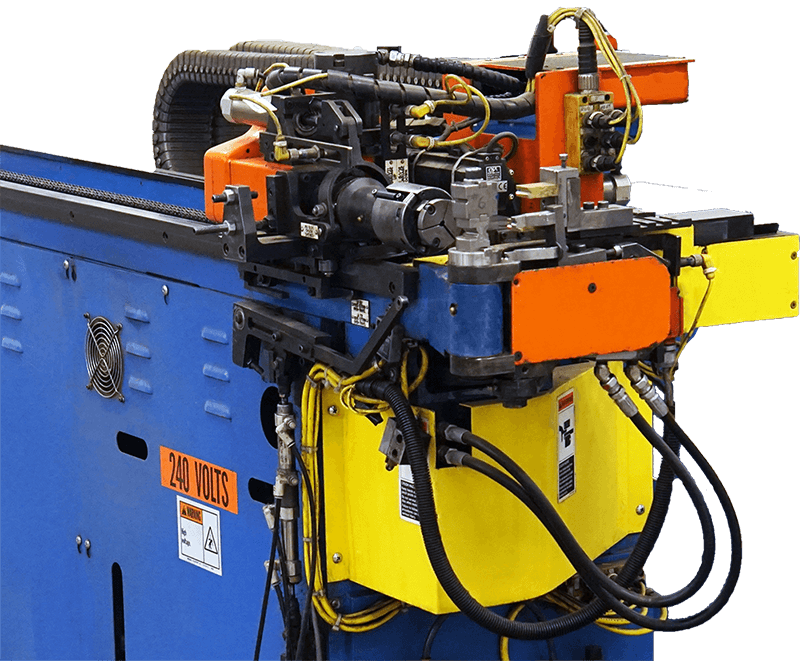

Classic Tube is the leader in the preformed tube bending industry. We can iterate virtually identical parts on an infinite scale by leveraging industry leading CNC tube bending technology non-contact laser scanning, and our highly experienced engineering team. These allow us to produce long lasting tubing with extreme accuracy, competitive pricing, on schedule delivery, and knowledgeable customer service.


